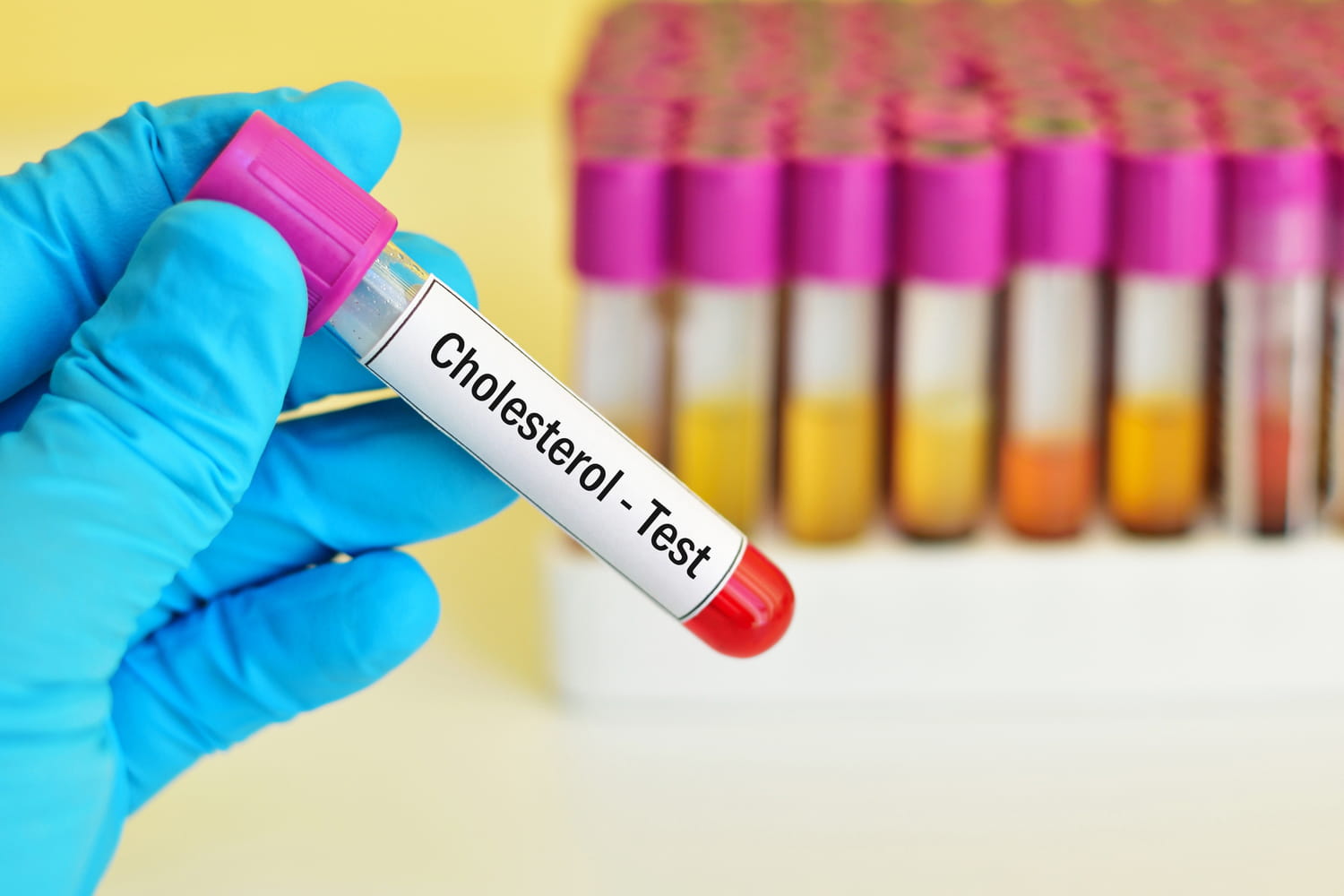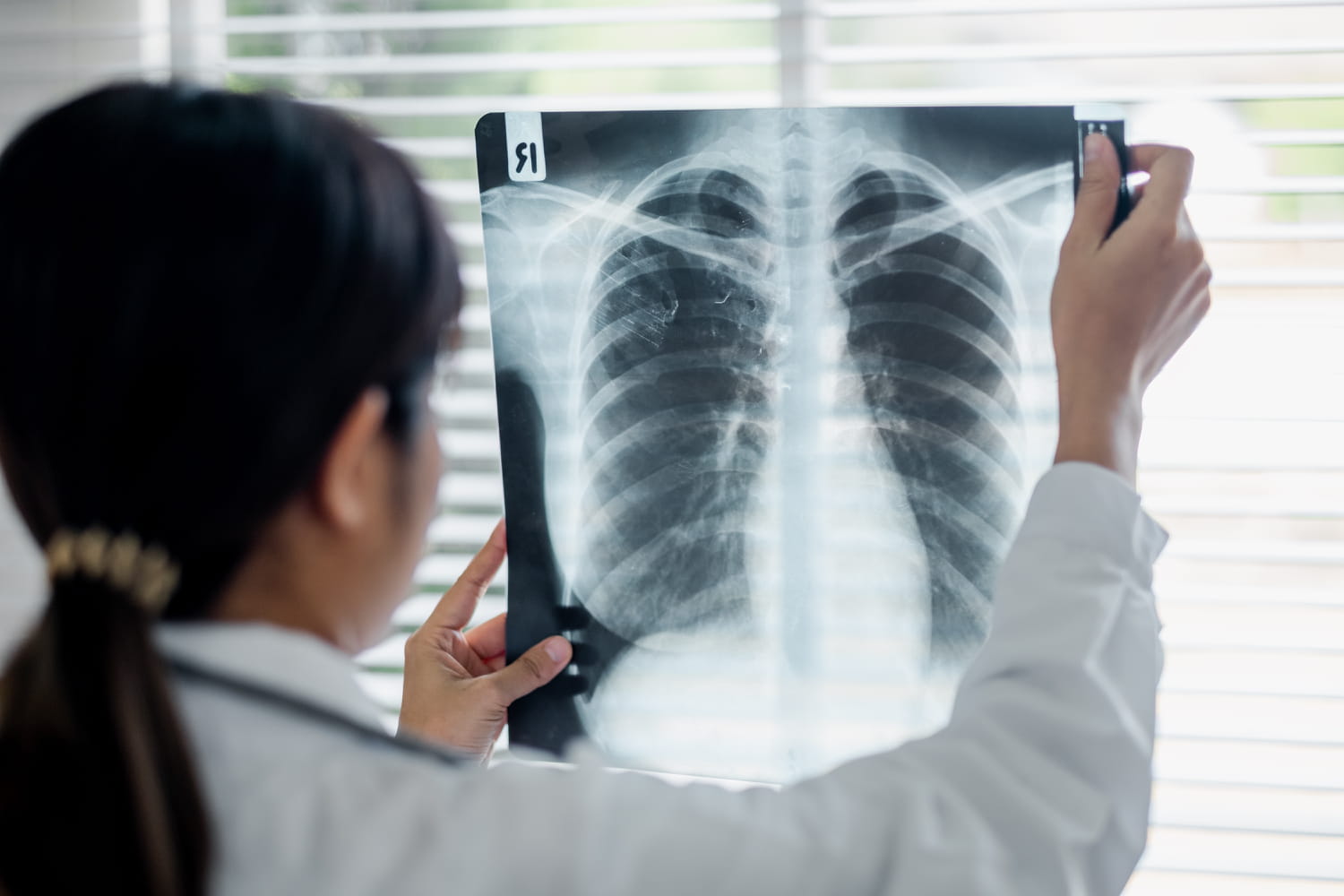“We are much more lax depending on age”.
It is one of the most scrutinized lines on a blood analysis: cholesterol levels. And for good reason, this key indicator can, in the event of imbalance, lead to atherosclerosis: a hardening of the arteries which considerably increases the risk of infarction or stroke. But if the general recommendations are well known, the objectives evolve clearly after 70 years. Our expert enlightens us.
To fully understand, you should know that the blood test distinguishes two actors. On the one hand, the “bad” cholesterol (LDL) which, as explained by Professor Jean-Noël Fabiani-Salmon, cardiovascular surgeon, “Bring cholesterol into cells” And may plug the arteries. It’s cholesterol “to be monitored very closely “. On the other, the “good” cholesterol (HDL) which “brings cholesterol out of cells” and clean them. Based on this principle, for a healthy adult, we target a total cholesterol levels less than 2 g/l, although this figure is only a average benchmark and varies when you get older.
For those over 70 in great shape, doctors are more flexible because the link between a moderately high cholesterol and the cardiovascular risk is less obvious. The challenge is above all to balance the benefits of treatment with its potential drawbacks. The approach therefore radically changes, as confirmed by Professor Fabiani-Salmon: “We are much more lax depending on age”. He develops: “We cannot ask for a cholesterol level that is the same at someone who is 70 years old, compared to someone who is 40 years old. It would not be very logical.” In this context, a total cholesterol rate around 2.40 g/l can be considered completely acceptable after 70 years. Please note, this tolerance disappears if the person is considered at high risk, “Especially if you have a cardiovascular risk”continues the specialist. This is particularly the case after a heart accident (infarction, stroke) or in the presence of significant diabetes. To avoid a recurrence, the official recommendations are then very strict: the objective is to lower the “bad” cholesterol (LDL) as much as possible, often under the bar of 0.7 g/l.
The discussion with your doctor therefore remains essential to define the ideal rate according to your personal profile and your health history.
Thank you to Professor Jean-Noël Fabiani-Salmon, cardiovascular surgeon, professor emeritus at the University of Paris and member of the Council of the Order of Physicians.









